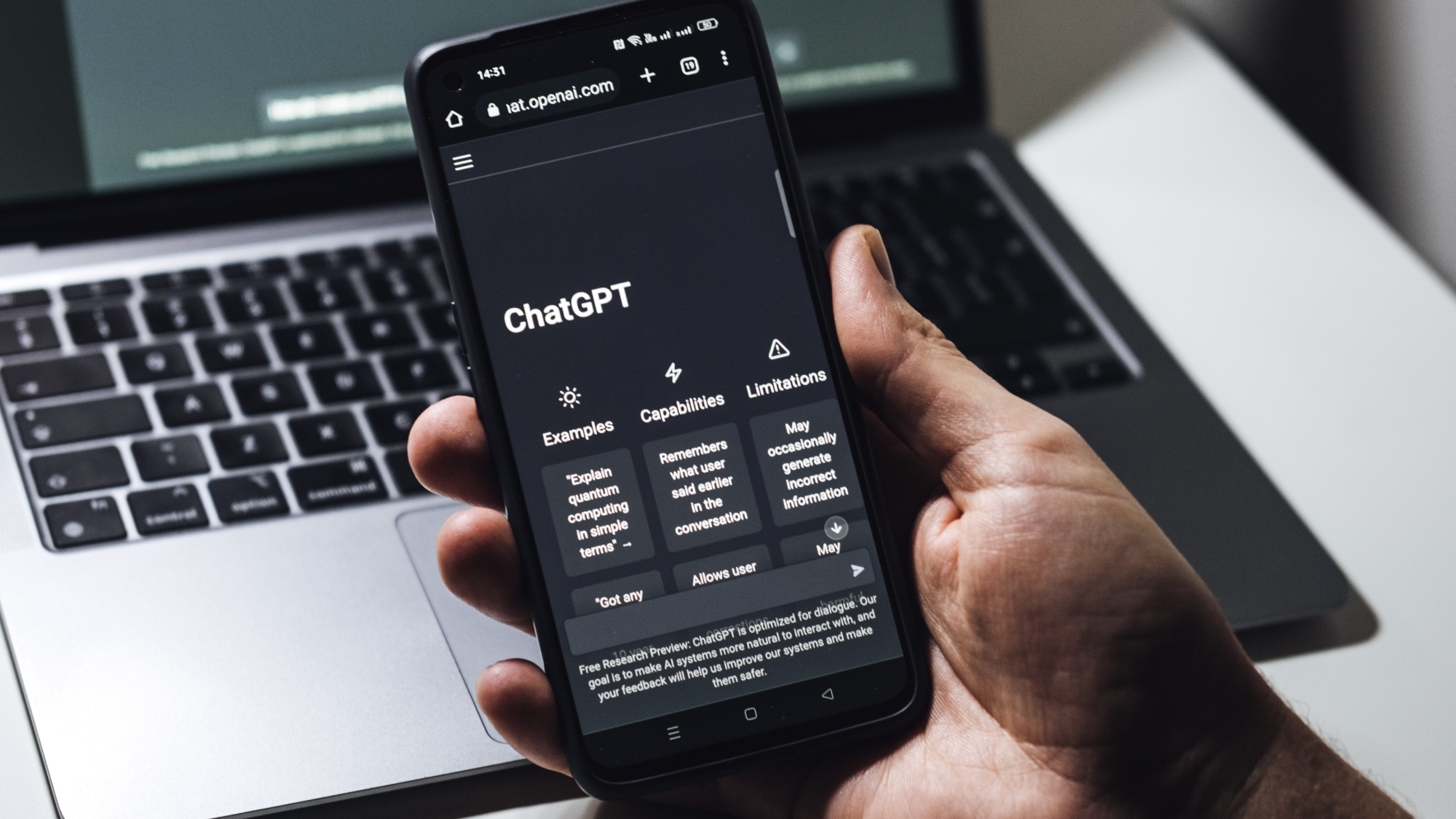I replaced my journal with ChatGPT for a week — here’s why I’m sticking with it

I have kept a journal every day since I was eight years old. Sometimes I write just a few sentences, other times I'll fill several pages with ease. It's not something I make myself do, it's something I truly enjoy doing either first thing in the morning or at night (sometimes both) just to get my thoughts down.
I have always done this with an actual journal and pen — that is, until a few weeks ago when I made the leap to leaning on ChatGPT to journal. What originally started as a test that I thought would last a couple of days turned out to be something I've decided to stick with for a number of reasons, including the Projects feature and ChatGPT Memory.
Here's how this avid journaler swapped pen and paper for ChatGPT in an effort to reflect, stay consistent and learn more about myself.
ChatGPT offered suggestions I hadn't thought of

Most of the time when I journal, I simply write down my thoughts just to get them out of my head. While I can always flilp back to those ideas, I rarely do. In fact, after decades of keeping a journal, I almost never go back and re-read what I wrote.
But by opening a new chat, spilling my thoughts about the day or whatever is on my mind, ChatGPT gave me actionable insights into my thoughts. When I vented to ChatGPT about how overwhelmed I was, it responded with thoughtful follow-up questions like: “What part of your day felt the most draining?” That one prompt helped me get past surface-level complaints and dig into what was actually bothering me.
Personally, I would have never thought to ask myself that question. In fact, by reflecting in that way, I’d written more than I usually do in a notebook — and I didn’t have to flip back pages to find patterns. ChatGPT automatically summarized my entries and highlighted recurring themes.
Note: Just like my physical journal is not a therapist, neither is ChatGPT. I would never replace ChatGPT for an actual human therapist in the same way keeping a journal is not a therapist. Instead, it's a new way to reflect and explore my thoughts.
All of my thoughts were in one place

Unlike a physical journal at my desk, I was able to keep ChatGPT with me throughout the day and do micro-journaling on the go. This is something I had never done before, but really helped me stop overthinking.
By the third day, I started using voice input to "talk" to ChatGPT instead of typing. That shift was huge. I could record quick reflections while going for a walk around the neighborhood or during a lull between meetings.
By the third day, I started using voice input to "talk" to ChatGPT instead of typing. That shift was huge. I could record quick reflections while going for a walk around the neighborhood or during a lull between meetings. It felt natural and effortless; like sending a voice note to myself.
ChatGPT didn’t care if I rambled or contradicted myself. It didn’t judge when I had a bad day or when I went off on tangents. It just responded calmly and consistently.
In other words, it was like my journal had come alive, to offer advice rather than remaining a silent draft.
After a few days, I asked ChatGPT to summarize the week so far. It pointed out that I had several creative ideas but needed to organize them better. That’s not something I would’ve picked up on my own. For the first time, I felt like my journal was actively hearing me.
Prompts I used

If you want to try journaling with ChatGPT, start with these simple prompts. You can type them, speak them or build on them in your own words.
Get instant access to breaking news, the hottest reviews, great deals and helpful tips.
- “Help me process my day — here’s what happened…”
This prompts is great for free-flowing reflection. ChatGPT will respond with questions that dig deeper. - “What patterns do you notice in my mood over the last few days?”
Useful if you journal regularly, especially with memory turned on. - “Summarize what I’ve written and highlight the biggest themes.”
Perfect for wrapping up a session or checking in weekly. - “Turn my thoughts into a to-do list I can actually follow.”
Ideal if your journaling turns into mental clutter or stress planning. - “Ask me three questions to help me reflect tonight.”
A great option when you don’t know where to start. - “What would a kind friend say about this situation?”
Surprisingly helpful when you're being hard on yourself.
Bottom line
I thought AI journaling would feel cold or impersonal, but it was the opposite. ChatGPT gave me space to reflect and offered perspective when I needed it. All of my chats are kept in the same "Project," so I can go back to them if I want to or search them.
I appreciated how I could ask it to rephrase my thoughts, track my mood or even turn a vent session into a to-do list. It turned my unfiltered brain dump into something actionable.
While I still love the mind/body connection of pen and paper, ChatGPT has officially earned a spot in my routine. It’s faster, more interactive and helps me reflect in real time. If you try it, let me know what you think in the comments.

Follow Tom's Guide on Google News and add us as a preferred source to get our up-to-date news, analysis, and reviews in your feeds.
More from Tom's Guide
- Google Maps just became an AI developer's dream toy — here's what the new changes could mean for you
- Forget Audible — ChatGPT can now read documents and even ebooks out loud to you (and it's surprisingly good)
- ChatGPT vs Gemini: I tested both to see which actually makes you more productive — here’s the winner

Amanda Caswell is an award-winning journalist, bestselling YA author, and one of today’s leading voices in AI and technology. A celebrated contributor to various news outlets, her sharp insights and relatable storytelling have earned her a loyal readership. Amanda’s work has been recognized with prestigious honors, including outstanding contribution to media.
Known for her ability to bring clarity to even the most complex topics, Amanda seamlessly blends innovation and creativity, inspiring readers to embrace the power of AI and emerging technologies. As a certified prompt engineer, she continues to push the boundaries of how humans and AI can work together.
Beyond her journalism career, Amanda is a long-distance runner and mom of three. She lives in New Jersey.
You must confirm your public display name before commenting
Please logout and then login again, you will then be prompted to enter your display name.









